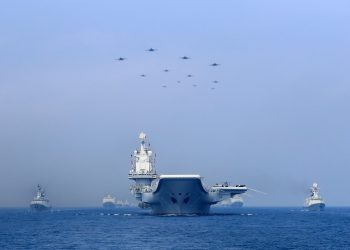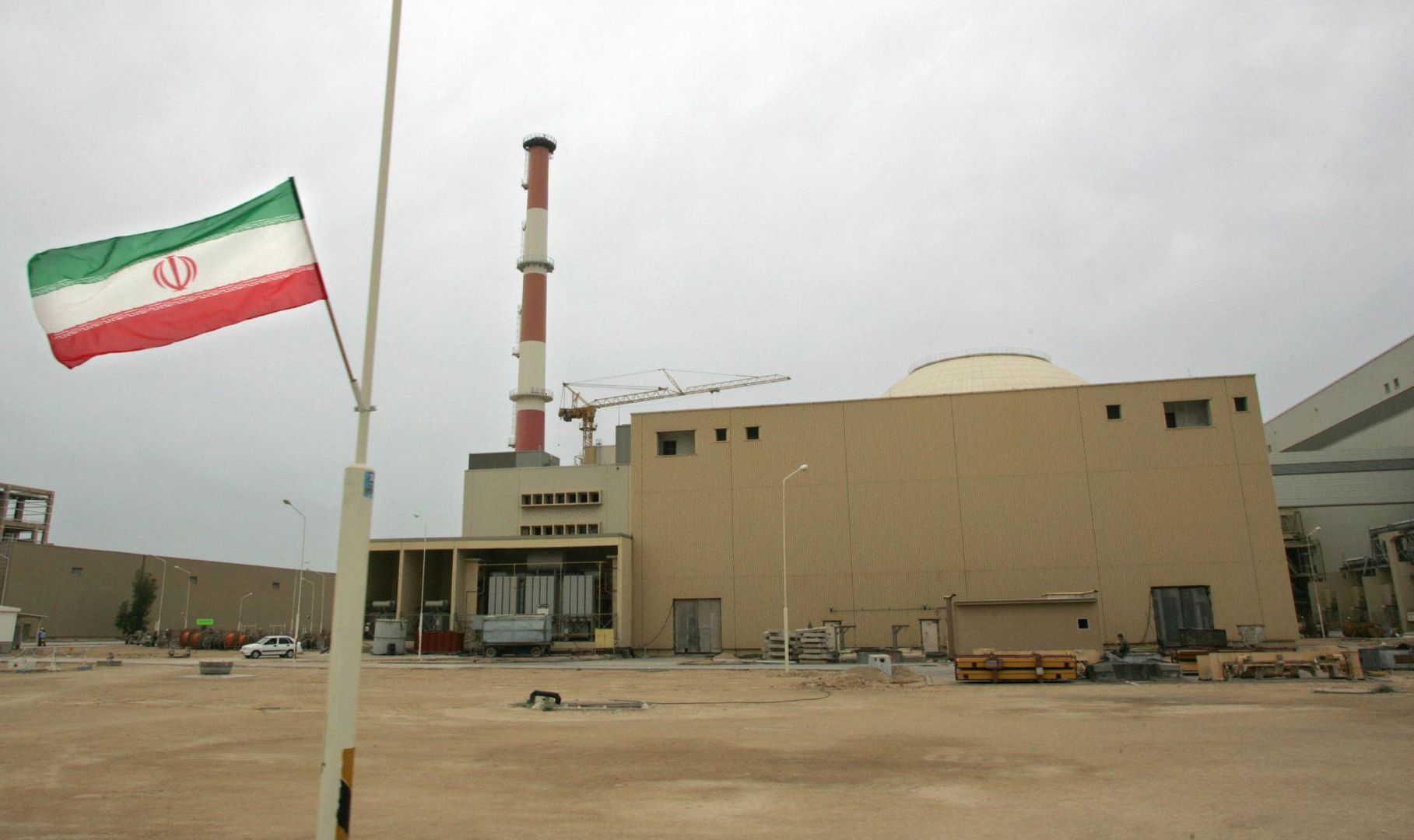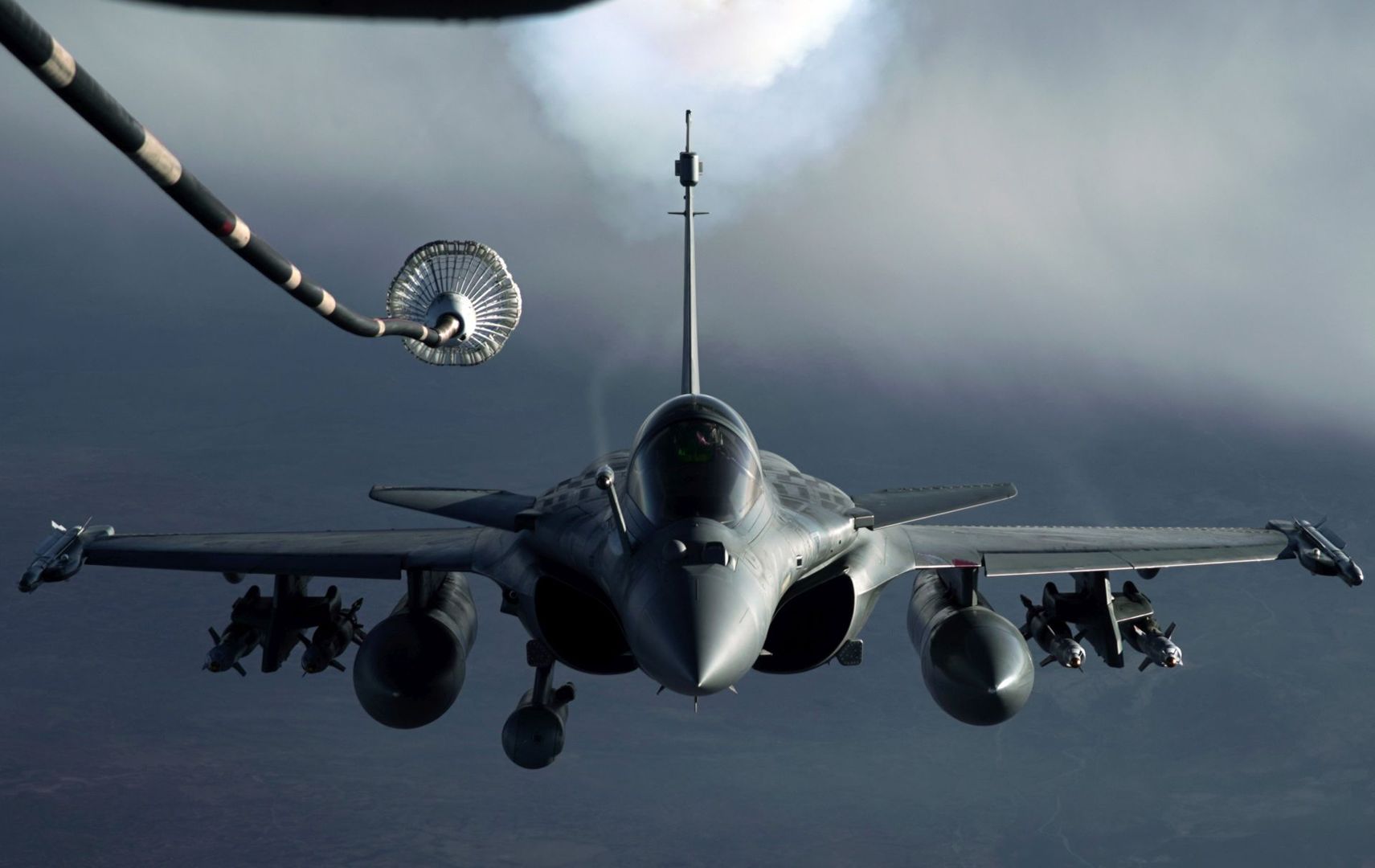WASHINGTON: Ratification of the new Strategic Arms Control and National Security Treaty would give the United States the most-detailed look possible into Russia’s strategic nuclear forces, Pentagon officials told a Senate panel yesterday.
James N. Miller, principal deputy undersecretary of defense for policy, and Kenneth A. Myers III, director of the Defense Threat Reduction Agency and U.S. Strategic Command’s Center for Combating Weapons of Mass Destruction, were the latest senior Defense Department officials to testify before Congress in favor of the treaty’s ratification. President Barack Obama and Russian President Dmitry Medvedev signed the treaty on April 8.
Miller and Myers told the Senate Foreign Relations Committee that the treaty’s provisions for on-site inspections are an improvement on the previous START treaty. And, it’s critical to resume such inspections, the two officials said, since the previous treaty expired in April 2009.
Miller said on-site inspections “provide the cornerstone of the treaty’s verification regime,” allowing U.S. inspectors into some of Russia’s most-sensitive facilities.
“This, in turn, will establish a strong disincentive to Russian cheating,” he said. “More broadly, these inspections and exhibitions will give us a detailed picture of Russia’s strategic delivery systems and associated infrastructure.”
The treaty allows the United States and Russia to conduct as many as 18 short-notice, on-site inspections each year, with as many as 10 “Type 1” inspections, which focus on strategic systems, such as ICBMs, submarines and bombers, and up to eight “Type 2” inspections, which cover storage sites, test ranges and other facilities, Miller said.
On-site inspections work in synergy with other elements of the treaty, including data exchanges on the technical characteristics, locations, and distribution of weapons, Miller said. Under the treaty, any changes in the status of strategic systems must be reported through timely notifications and biannual reports, he said.
On-site inspections will confirm that information, including the conversion or elimination of systems, Miller said.
“Inspections will not be ‘shots in the dark,’” he said. “We can choose to inspect those facilities of greatest interest to us.”
If the United States has concerns or sees ambiguities in Russia’s reported data, U.S. officials will be able to raise them through a bilateral commission, or pursue the matter at higher levels, Miller said.
Myers, a former staff member of the committee, said the new treaty improves on the previous one by reducing the types of on-site inspections from nine to two, and by not providing for a baseline inspection of every facility. In negotiating the new treaty, both sides agreed that it would not be necessary to conduct baseline inspections at facilities that had been subject to inspection under the previous treaty, he said.
The Defense Threat Reduction Agency will staff, train, equip, and lead U.S. inspection teams in Russia and escort Russian inspectors at U.S. facilities, Myers said. The agency, based at Fort Belvoir, Va., will maintain detachments at Yokota Air Base, Japan, and Travis Air Force Base, Calif., as well as at its division in Darmstadt, Germany, he said.
Under the treaty, 35 facilities in Russia and 17 in the United States would be subject to inspections, Myers said. Russian inspectors would be permitted entry into the United States via Washington and San Francisco, escorted by DTRA officials, he said. Each side would have to give 32 hours notice during normal working hours before a short-notice inspection.
While the new treaty allows for fewer inspections than the previous one, Myers said, inspections of weapons systems will be more difficult. DTRA already is training inspection and escort personnel on the provisions of the new treaty, and their initial certifications are under way, he said.
“We will be prepared to carry out all of its inspection and escort provisions with the utmost accuracy and efficiency,” Myers told the committee.
If ratified, the new treaty would be carried out in conjunction with the Nunn-Lugar Cooperative Threat Reduction Program, a 20-year-old effort to advance nuclear non-proliferation around the world, Miller said. As of June 21, the program has supported the elimination of 783 intercontinental ballistic missiles and 672 ICBM launchers; 651 submarine-launched ballistic missiles and 476 SLBM launchers; 155 heavy bombers; 906 air-to-surface missiles; and deactivation of 7,545 nuclear warheads.
“The CTR program has made a tremendous contribution to U.S. national security and will continue to do so under the new START treaty,” Miller said. Biological threat reduction now comprises 40 percent of the program’s budget, he added.
The new treaty and the CTR program together are critical to national security, Miller said.
“This level of detailed information on Russian strategic forces could simply not be accumulated in the absence of a treaty verification regime,” he said. “The new START, if ratified, will promote transparency and help avoid worst-case assumptions and planning.”







